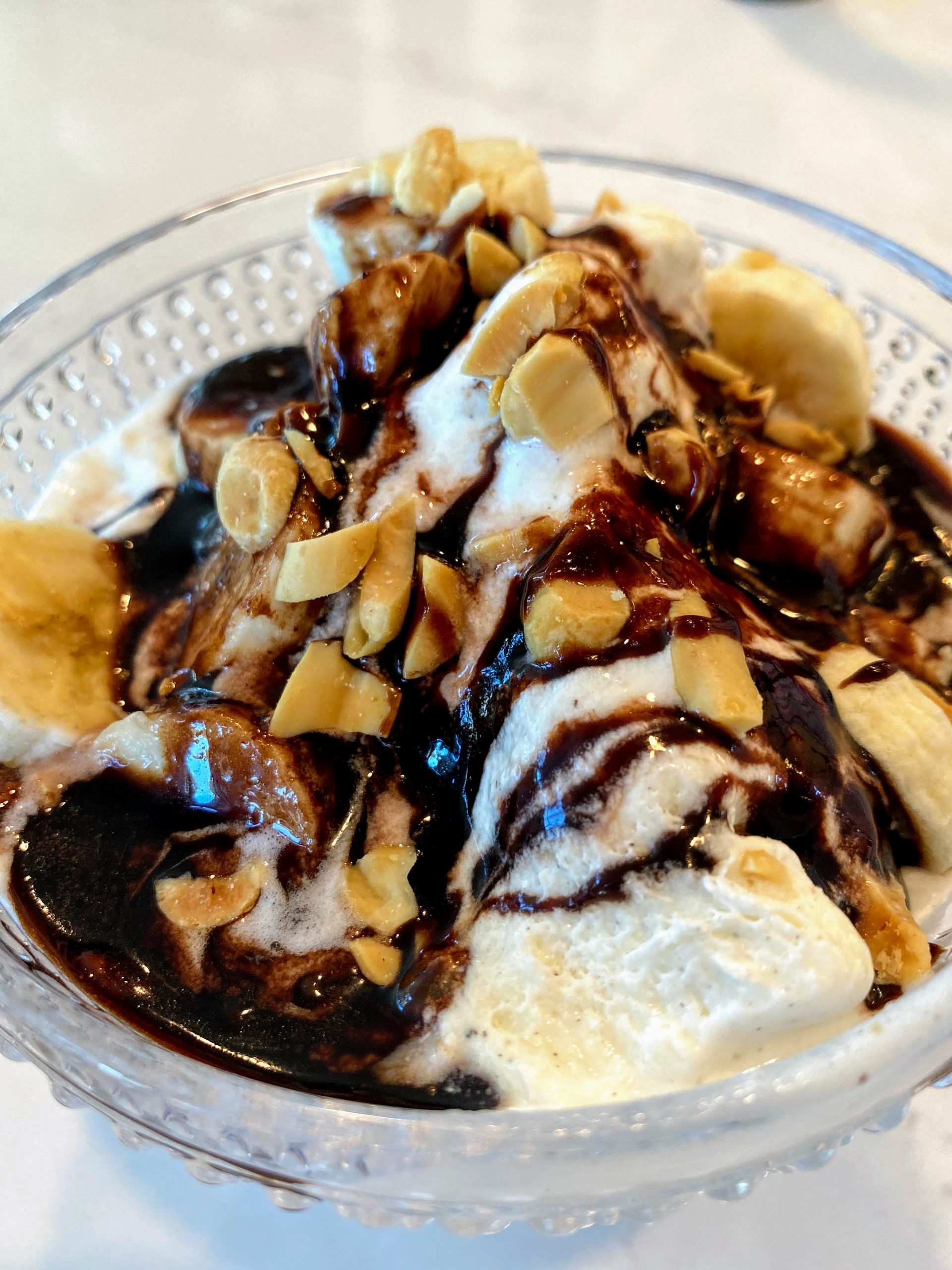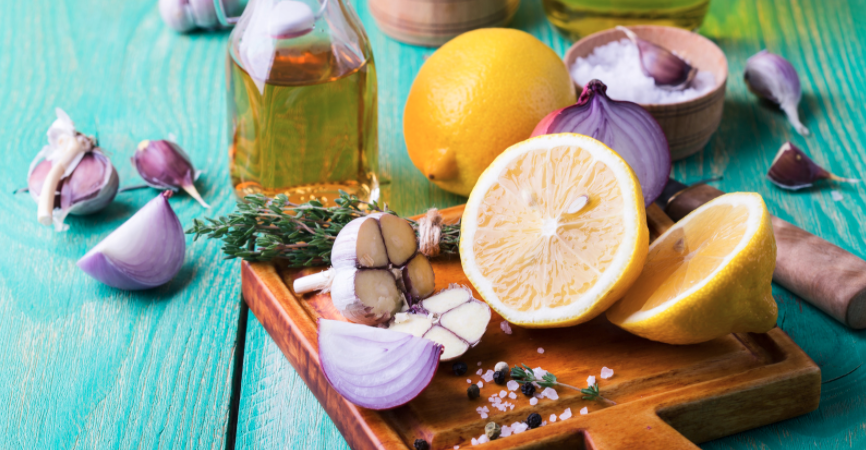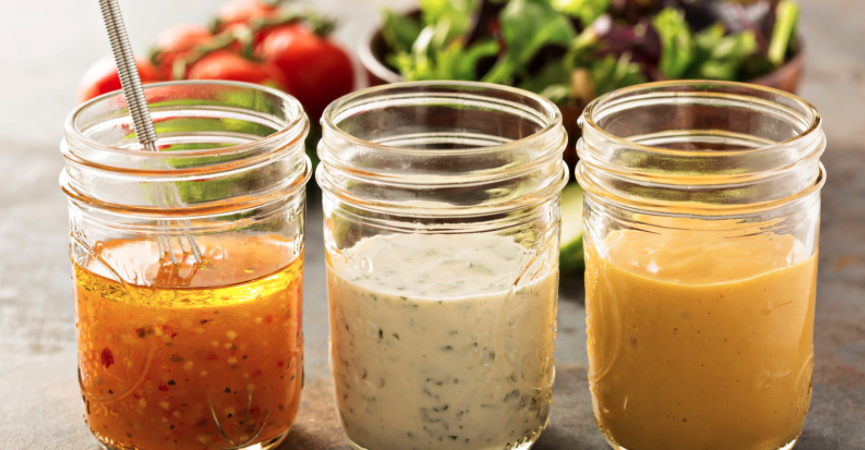It’s hot outside! Let’s make a super easy chocolate fudge sauce that transforms simple summer desserts. It is perfect on ice cream desserts, to garnish ice cream sandwishes, as a chocolate fondue, on cream puffs,… We made this recipe often growing up. We hope this recipe brings you many beautiful memories – as it did for us 🙂
Cooking Video
Recipe

Hot Chocolate Fudge Sauce
This hot chocolate fudge sauce is perfect to top ice cream and to use as chocolate fondue.
- Prep Time 5 Minutes
- Cook Time 8 Minutes
- Total Time 13 Minutes
- Makes 3/4 cup
Ingredients
- 3 tbsp cocoa powder
- 2 tbsp butter
- 3/4 cup sugar
- 2 tbsp corn syrup
- 2 tsp vanilla
- 1/4 cup hot water
- pinch salt
Instructions
- Step #1: In a pot on low heat, melt the butter. Add the cocoa powder and combine. Add the sugar, corn syrup, vanilla, water and salt. Combine.
- Step #2: Bring to a light boil - stirring constantly. Cook on medium low heat 6 minutes uncovered and without whisking.
Environmental impact
Many Canadians are considering reducing their beef consumtion due to a variety of reason including: environmental impact and animal wellfair.
click HERE for the recipe.
































































